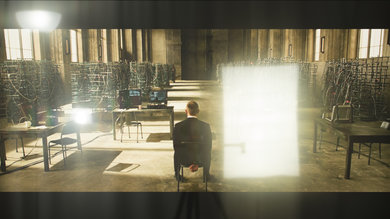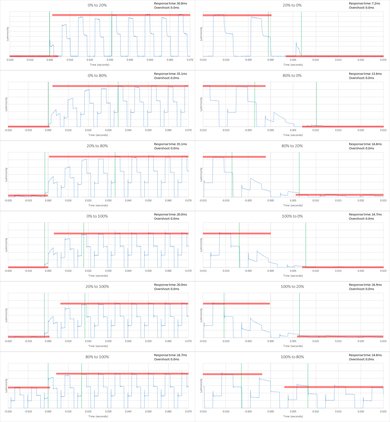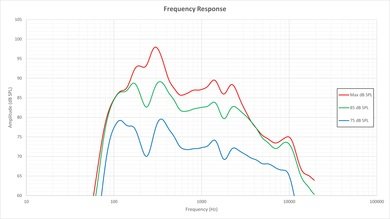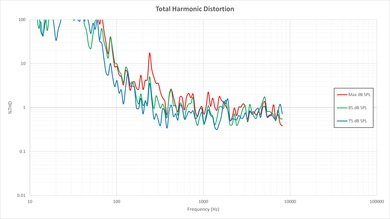Our Verdict
For most people, the fact that the LG UF6800 is using the less accurate 4k panel structure RGBW won't be a big deal. It is hard to tell the difference when watching normal content, even when sitting close. The bigger issues are the average-high input lag (for gaming), the poor contrast (for movies in a dark room) and the significant amount of reflection (in a bright room). At leas, it is able to maintain good color saturation off-axis.
- Good color accuracy when viewed from the side.
- Uses the less accurate RGBW 4k structure. It does have the correct number of pixels, but some are missing color sub-pixels. This is not really noticeable, though, under normal circumstances.
- Poor contrast ratio.
- A lot of reflection.
Check Price

We buy and test dozens of TVs yearly, taking an objective, data-driven approach to deliver results you can trust. Our testing process is complex, with hundreds of individual tests that take over a week to complete. Most of our tests are done with specially designed test patterns that mimic real content, but we also use the same sources you have at home to ensure our results match the real-world experience. We use two main tools for our testing: a Colorimetry Research CR-100 colorimeter and a CR-250 spectroradiometer.
Test Results
The LG UF6800 has an IPS panel, like most other LG TVs. The contrast ratio is low, and in line with most other IPS TVs.
The best thing about this TV is its color accuracy at an angle, due to its IPS panel. Note that while the colors remain fine, the blacks don't (especially at a vertical angle).
Update 01/06/2017: We have changed the methodology of testing. Since this is an old TV which we don't have anymore, we extrapolated the results from 2016 TVs.
There is a slight loss of detail on very sharp text on native 4k content. This isn't an issue for movies, but it is noticeable when the TV is being used as a PC monitor. More details can be found here.
It supports a 24p input signal without issues. However, if it is sent over 60p or 60i, it can't reliably do the reverse 3:2 pulldown. It is a 60Hz TV, but it also has the optional soap opera effect, which you can turn on via 'TruMotion'. That feature won't look as smooth as on a 120Hz TV, though.
The input lag is average-high, and could cause some issues for some gamers. The good news is that, as long as you have 'TruMotion' off, it doesn't matter which mode you are in to get that input lag.
It doesn't support gaming at 120 fps. It does display chroma 4:4:4 at 4k and 60Hz if you turn on 'HDMI Ultra Color' and label the input as PC. However, the text still won't be 100% clear because it is not a 'full' 4k TV. More details here
This LG is a smart TV, and it comes with the latest WebOS, which is great. It only has a very basic remote, though, so it is not as easy to navigate as on the other LG TVs. It also has a more limited number of inputs.
You can read our overview of LG's WebOS here.





























